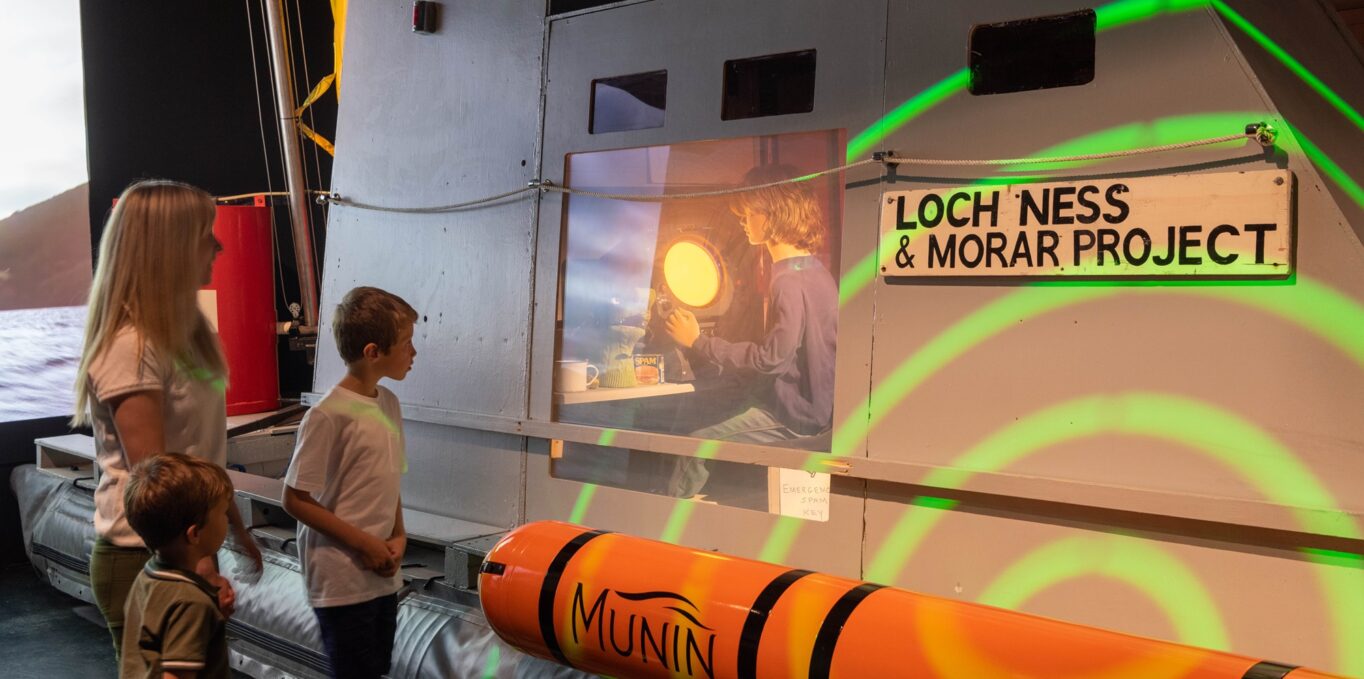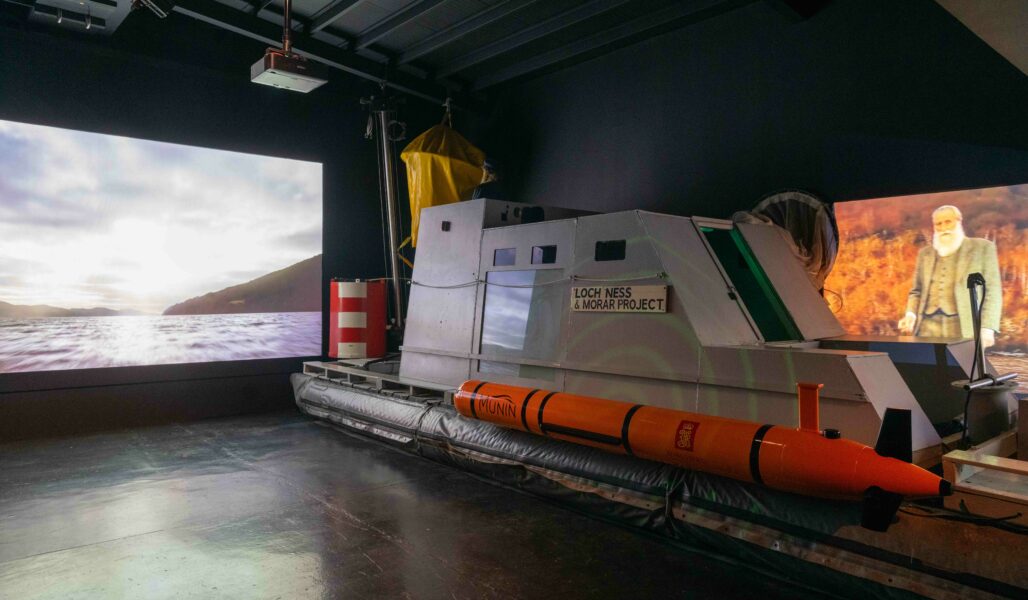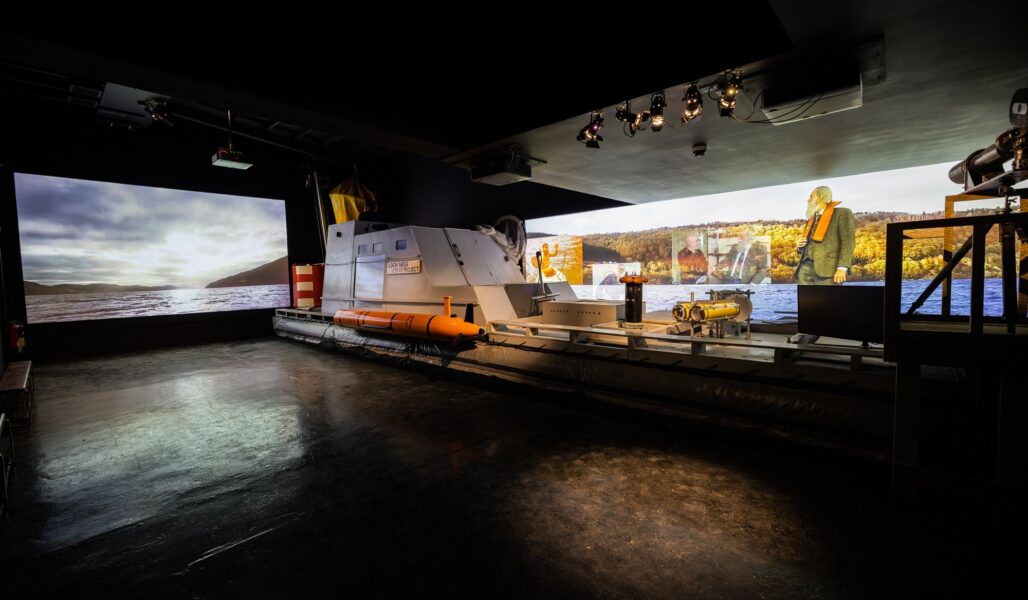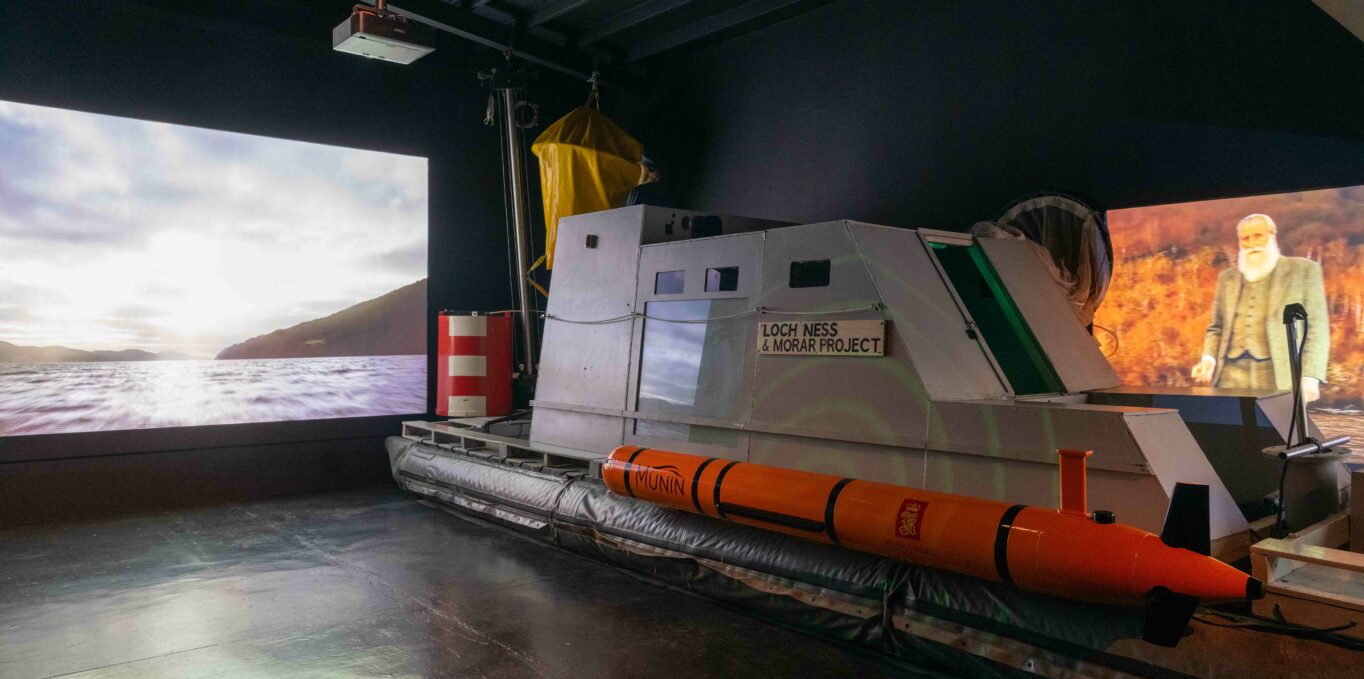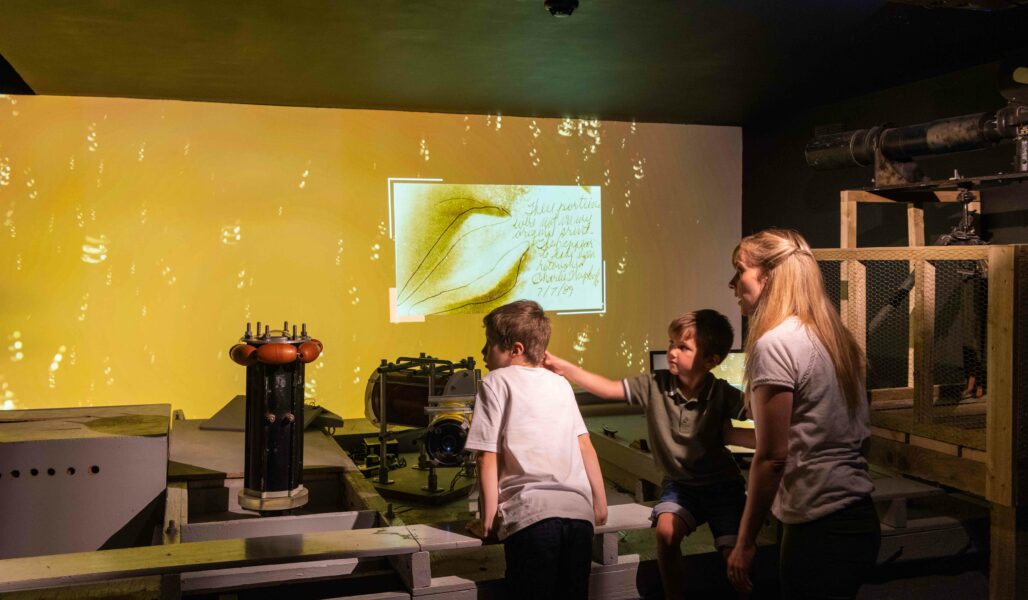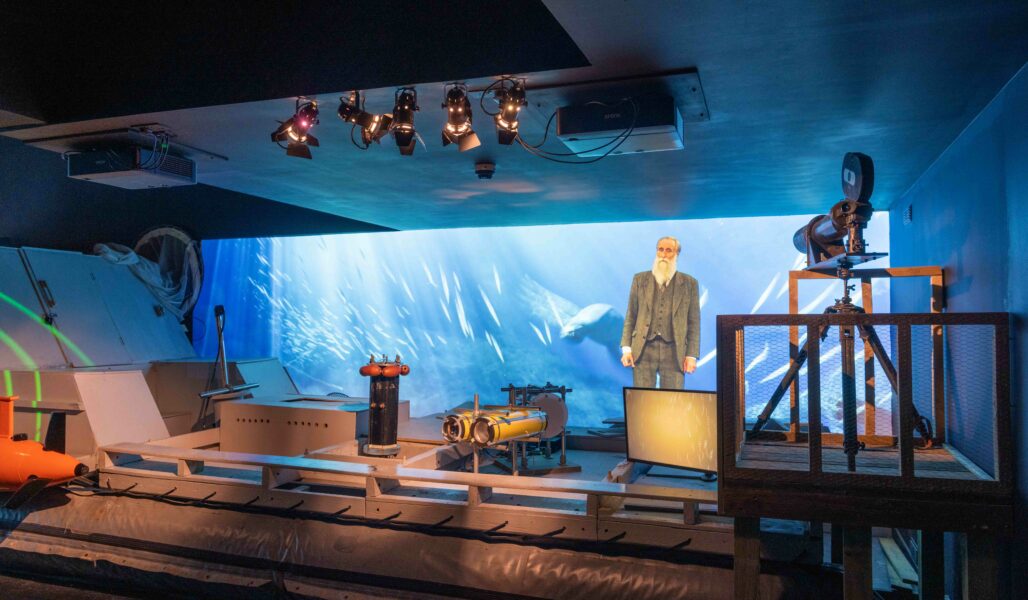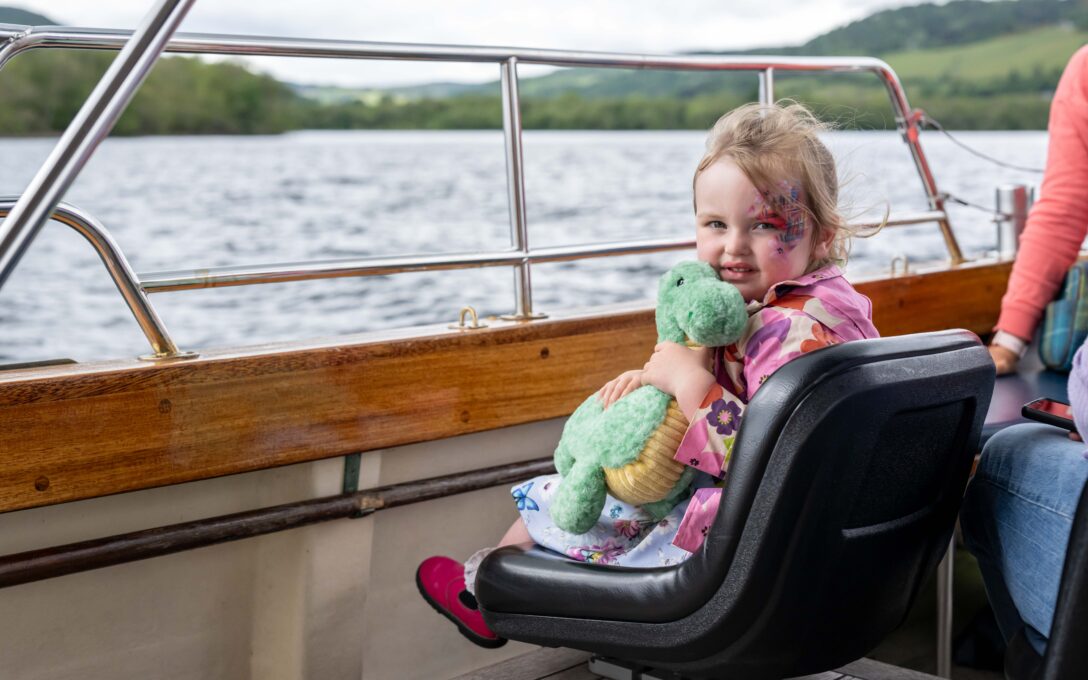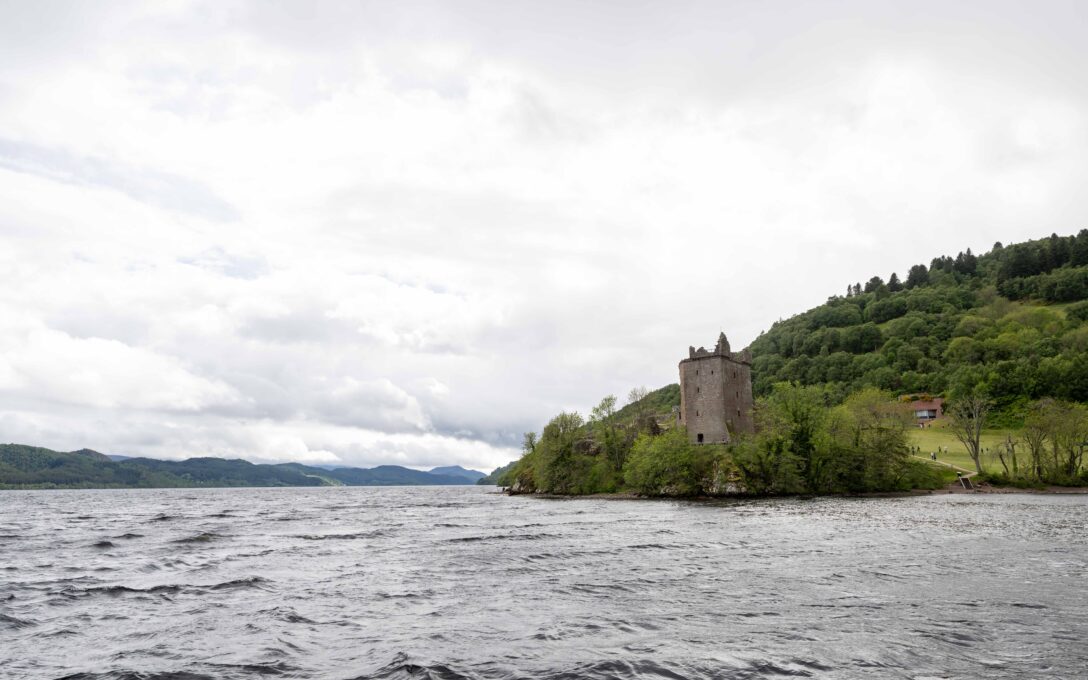The John Murray version emerged as a standout, dedicated to day and night scanning sonar patrols along the length of Loch Ness. Powered by a Ford Anglia van engine, for the upwind run, the vessel tactically utilised the wind for its downwind return. The forward superstructure was all that was required to sail silently downwind. It was designed to catch the wind, prevented the vessel from turning broadside – a common challenge for powerless vessels. ‘Dagger boards’ at the stern further stabilised the vessel by gripping the water as wind pressure pivoted the hull around.
The open bridge offered a clear downward view of the foredeck, a valuable feature for tracking ropes during sampler retrieval. The cabin, with small tinted windows, enhanced visibility of sonar screens in daylight. To preserve night vision during nocturnal operations, the crew relied on red lights.
